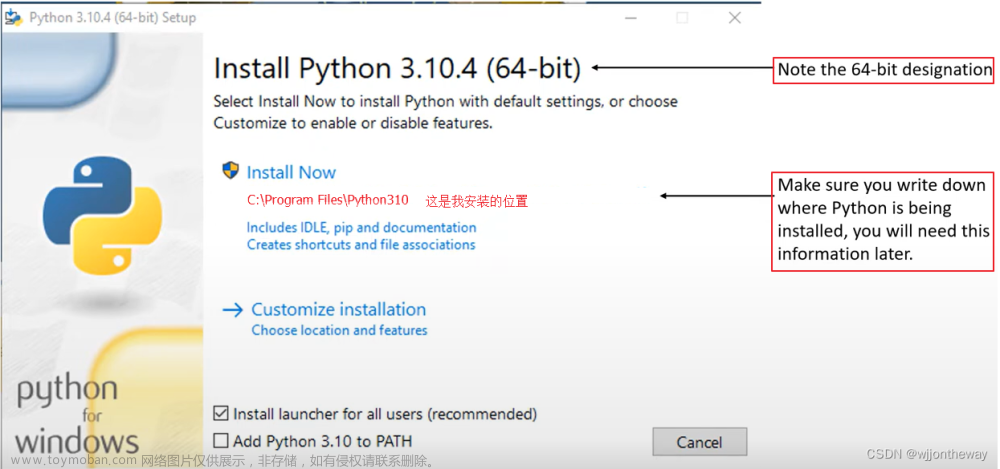最近写C++代码的时候,需要把txt中保存的矩阵读入到C++定义的数组中,因此,本文记录了关键代码。
txt 文件中的矩阵
输入:文章来源:https://www.toymoban.com/news/detail-539309.html
1 2 3 4 5 3 2
2 3 4 5 5 3 3
3 4 5 6 7 8 9
7 8 7 8 7 8 1
输出: 文章来源地址https://www.toymoban.com/news/detail-539309.html
文章来源地址https://www.toymoban.com/news/detail-539309.html
导入 txt 中的矩阵到 C++ 的二维矩阵中
#include <iostream>
#include <fstream>
#include<vector>
using namespace std;
#include <string>
// ======== Funtion: getFileRows ===============================
// ========= output :矩阵行数 ===================================
// 逐行读取文件并计数,得到 txt 文件的行数
int getFileRows(const char* fileName) {
ifstream fileStream;
string tmp;
int count = 0;// 行数计数器
fileStream.open(fileName, ios::in);//ios::in 表示以只读的方式读取文件
if (fileStream.fail())//文件打开失败:返回0
{
return 0;
}
else//文件存在
{
while (getline(fileStream, tmp, '\n'))//读取一行
{
if (tmp.size() > 0)
count++;
}
fileStream.close();
return count;
}
}
// ======== Funtion: getFileColumns ============================
// ========= output :矩阵列数 ===================================
int getFileColumns(const char* fileName) {
ifstream fileStream;
fileStream.open(fileName, std::ios::_Nocreate);
double tmp = 0;
int count = 0; // 列数计数器
char c; //当前位置的字符
c = fileStream.peek();
while (('\n' != c) && (!fileStream.eof())) // 指针指向的当前字符,仅观测,不移动指针位置
{
fileStream >> tmp;
++count;
c = fileStream.peek();
}
fileStream.close();
return count;
}
// ===========Funtion: getMatrix ===============================
// =========== output :二维矩阵 ==================================
double** getMatrix(const char* path, const int n, const int m) {
fstream myfile;
myfile.open(path);
double** mat = new double* [n];
for (int i = 0; i < n; i++)
{
double* tmp = new double[m];
mat[i] = tmp;
}
string tmpStr;
for (int i = 0; i < n; i++) {
for (int j = 0; j < m; j++) {
myfile >> tmpStr;//
double dValue = atof(tmpStr.c_str());
mat[i][j] = dValue;
}
}
return mat;
}
int main() {
//txt文件保存路径
const char* dataPath = "D:\\VisualStudioProjects\\ConsoleApplication1\\Test.txt";
int n = getFileRows(dataPath); //获取txt中的矩阵行数
int m = getFileColumns(dataPath); //获取txt中的矩阵列数
double** mat = getMatrix(dataPath, n, m); //获取二维矩阵
//打印矩阵到控制台
for (int i = 0; i < n; i++) {
for (int j = 0; j < m; j++) {
cout << mat[i][j] << "\x20" ;
}
cout << endl;
}
return 0;
}
一维数组写入本地txt
#include <iostream>
#include <fstream>
#include <stdlib.h>
using namespace std;
//int nSize = (int)x.size();
// 向txt文档中写入数据
ofstream dataFile;
dataFile.open("D:\\dataFile.txt", ofstream::app);
fstream file("D:\\dataFile.txt", ios::out);
for (int nIndex = 0; nIndex < nSize; nIndex++)
{
dataFile << x[nIndex] << '\r' << endl; // 写入数据
}
dataFile.close(); // 关闭文档
读取csv中的数据
// //读取方向约束
// ifstream file;
// file.open("E:\\W_ImplicitModeling\\W_TestData\\1.csv", std::ios_base::in);
// std::vector<double> dxs;
// std::vector<double> dys;
// std::vector<double> dzs;
// std::vector<double> vsx;
// std::vector<double> vsy;
// std::vector<double> vsz;
// std::string s;
// std::getline(file, s);
// while (std::getline(file, s))
// {
// std::vector<std::string> datas = split(s, ',');
// if (datas.size() < 4)
// continue;
// dxs.push_back(atof(datas[1].c_str()));
// dys.push_back(atof(datas[2].c_str()));
// dzs.push_back(atof(datas[3].c_str()));
// vsx.push_back(atof(datas[6].c_str()));
// vsy.push_back(atof(datas[7].c_str()));
// vsz.push_back(atof(datas[8].c_str()));
// }
// file.close();
写入csv
//写入csv
CStdioFile tempFile;
CString strFile = _T("D:\\drill_hole_xyzp.csv");
if (PathFileExists(strFile))
{
CFile::Remove(strFile);
}
tempFile.Open(strFile, CFile::modeCreate | CFile::modeReadWrite | CFile::typeText);
tempFile.SeekToEnd();
CString strDrillHoleXYZPTemp;
CString strDrillHoleXYZP;
for (int i = 0; i < nBoreholeVoxelCount; i++)
{
pX[i] = m_vecBoreholeStratumPointX[i];
pY[i] = m_vecBoreholeStratumPointY[i];
pZ[i] = m_vecBoreholeStratumPointZ[i];
pV[i] = m_vecRockTypeIndex[i];
strDrillHoleXYZPTemp.Format(_T("%f,%f,%f,%f\r"), pX[i], pY[i], pZ[i], pV[i]);
strDrillHoleXYZP += strDrillHoleXYZPTemp;
}
tempFile.WriteString(strDrillHoleXYZP);
tempFile.Flush();
tempFile.Close();
到了这里,关于C++:导入txt中的矩阵的文章就介绍完了。如果您还想了解更多内容,请在右上角搜索TOY模板网以前的文章或继续浏览下面的相关文章,希望大家以后多多支持TOY模板网!











